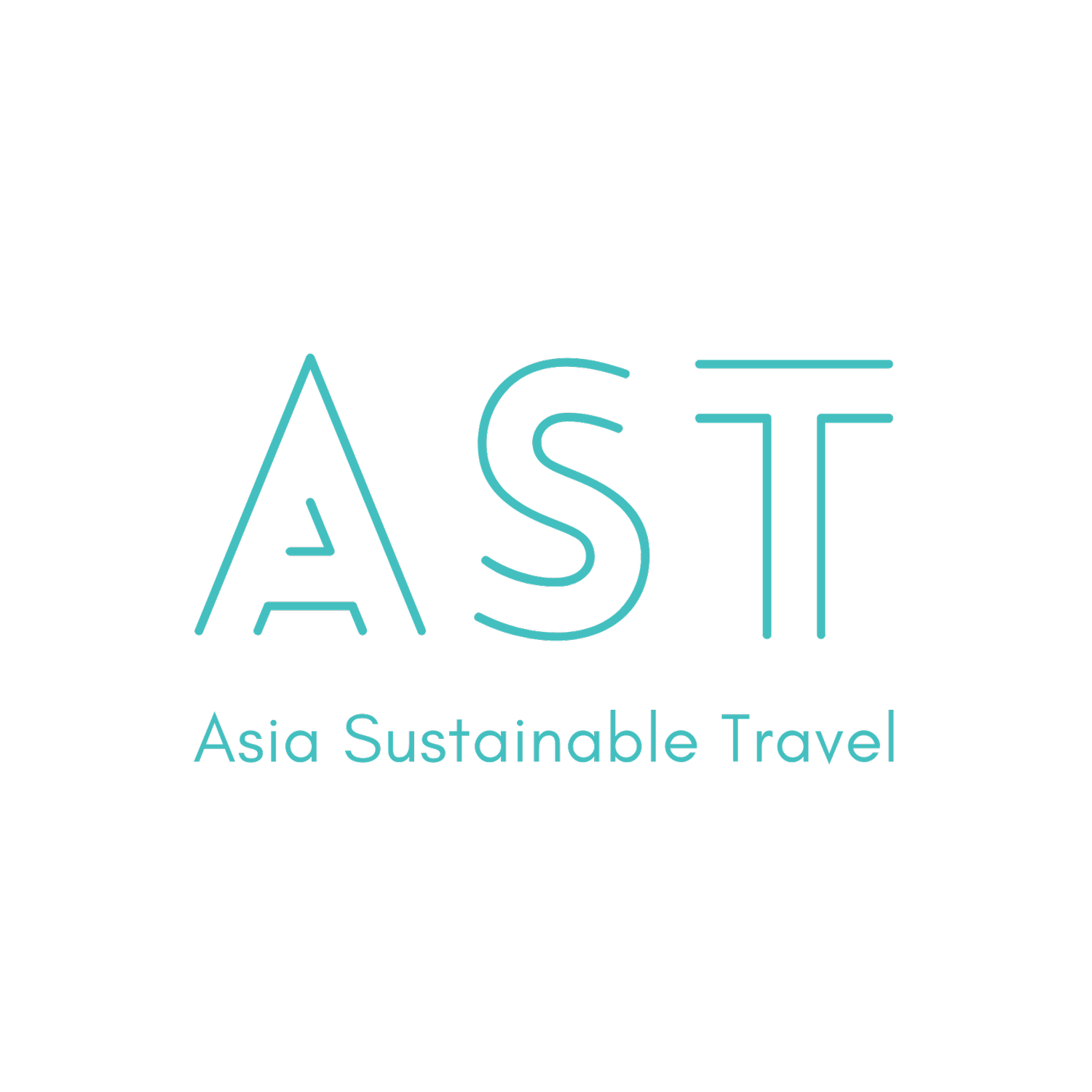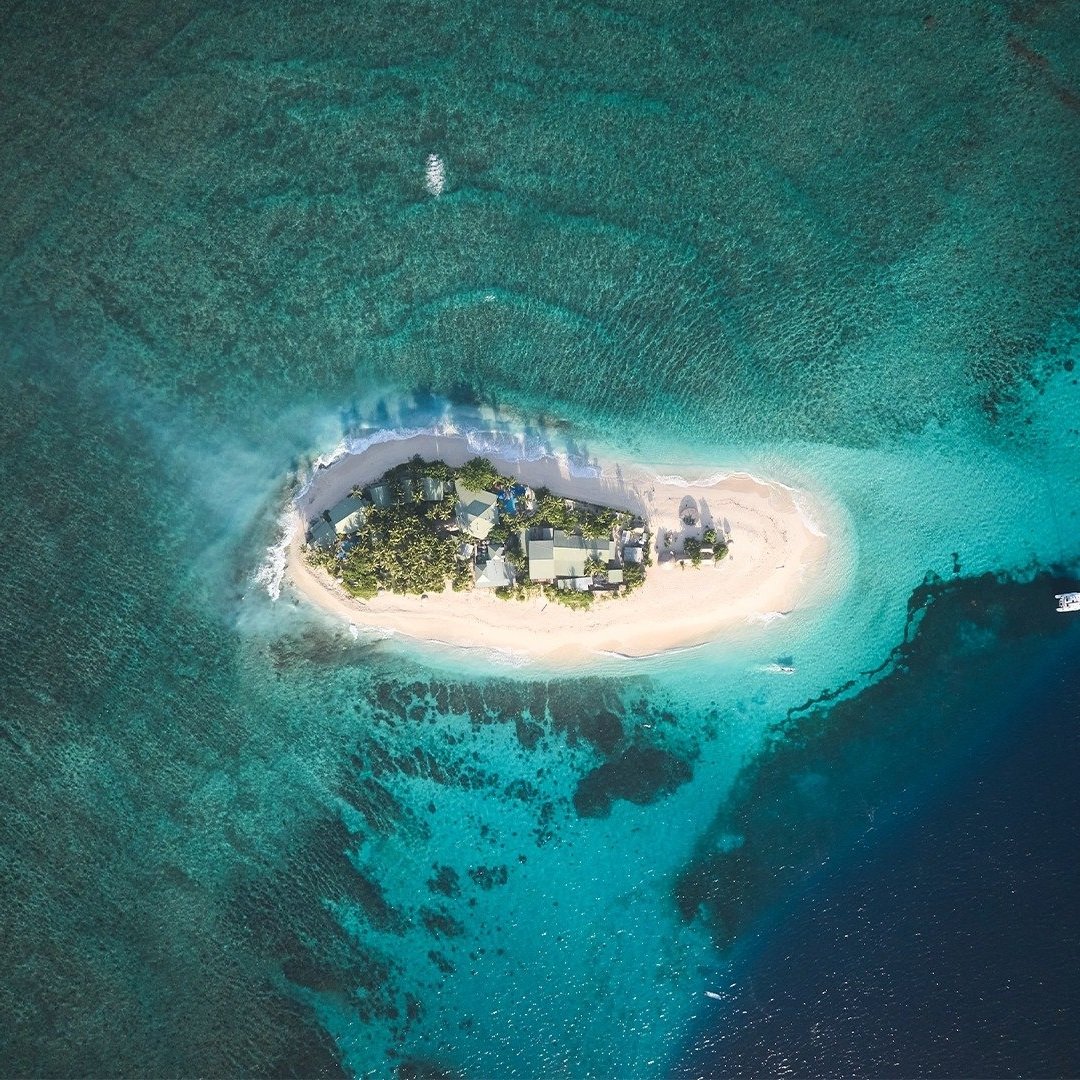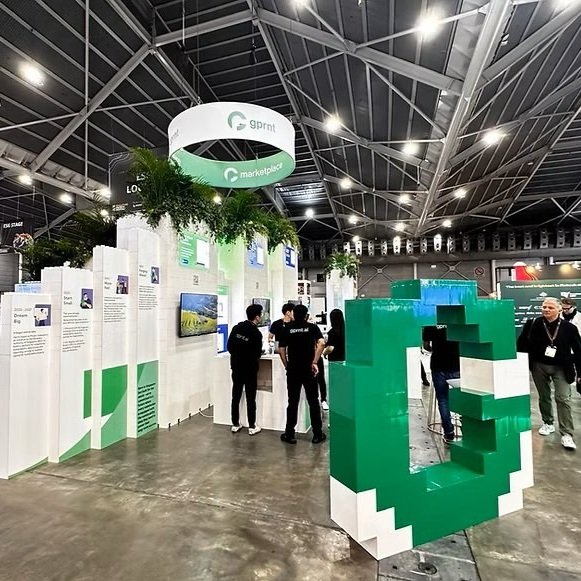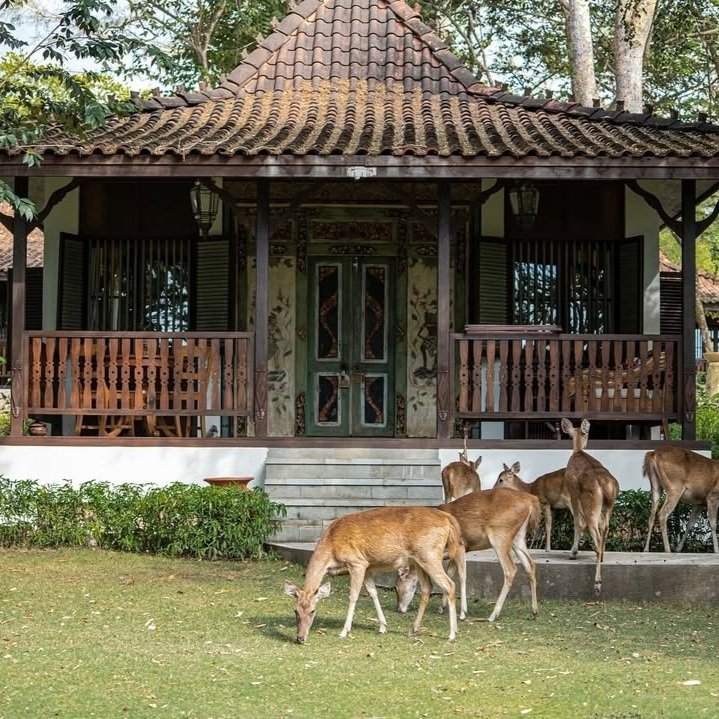Fiji’s Sustainable Tourism Playbook: Lessons for Island Destinations
Namotu Island, Mamanuca Islands. Photo by Tourism Fiji.
The sustainable tourism community’s spotlight is in Fiji as it will soon host the Global Sustainable Tourism Conference 2025. Fiji, an island nation located in the South Pacific Ocean, relies on tourism as a significant part of its economy, contributing to nearly 40% of the country’s total GDP.
Fiji’s tourism industry has deep roots dating back to the early 20th century when it became a principal stopover point on the trans-Pacific shipping route between Australia and North America [i].
The construction of Nadi International Airport during World War II was a pivotal moment. Initially established as a military base, it later became a crucial refueling stop for trans-Pacific flights. By the 1950s, the advent of jet aircraft sped up travel and opened Fiji to a wave of leisure tourists. Accommodation and service sectors grew in response, driving the transformation of Fiji into a global leisure destination.
Most recently, movies such as The Blue Lagoon (1949 & 1980), Cast Away (2000), and Adrift (2018) enhanced its international appeal.
Posters of famous movies filmed in Fiji.
In 2024, the country welcomed 982,938 visitors, representing a 5.7% increase from 2023, surpassing its population of just over 900,000 and their pre-pandemic record of 894,389 visitors in 2019. Visitor spending has increased from FJ$3.03 billion (approximately US$1.38 billion) in 2019 to FJ$3.22 billion (approximately US$1.44 billion) in 2023, with a target of FJ$4.0 billion (approximately US$1.79 billion) by 2027.
Fiji's tourism industry has grown significantly over the past two decades, dethroning sugar exports as the main foreign exchange earner and employment creator [ii].
From Early Challenges to Becoming a Global Tourism Success
Fiji’s success as a world-renowned tourism destination did not happen overnight. It is the result of persistent efforts from private businesses, supported by strong government willpower, and the indigenous community’s participation in tourism.
Political instability stemming from coups in 1987, 2000, and 2006 dampened visitor arrivals and reduced investor confidence. Socio-political tensions remain between indigenous Fijians and Indo-Fijians. Issues related to land ownership and lease agreements, particularly involving native land, also once hindered tourism development. Adding to all this, the tourism industry was dominated by foreign enterprises, leading to limited local participation and concerns about the distribution of benefits [iii].
To address these challenges, the Fiji government, in partnership with the private sector, established a Tourism Action Group (TAG) to spearhead recovery efforts by implementing marketing campaigns and lobbying to remove travel warnings. Despite this political instability, Fiji's tourism industry continued to grow, with tourist arrivals increasing by 42% from 1999 to 2009.
To resolve land disputes with indigenous communities while ensuring the benefits spillover to the locals, the government established the Native Lands Trust Board (NLTB), now known as the iTaukei Land Trust Board (TLTB), which played a crucial role in negotiating leases of customary land to tourism developers, ensuring that landowning communities benefited from tourism development.
Generous incentives for direct foreign investment were introduced, including tax write-offs, duty-free imports of capital equipment, and a waiver on corporate tax profits for 20 years.
The Fiji Visitors’ Bureau (FVB) received increased financial support from the government to assist in marketing and crisis management. The Bureau later became Tourism Fiji, the nation’s official tourism organization. Since then, the organization has been active in promoting and coordinating the industry, contributing to the growth and development of tourism in the country [iv].
Tourism Fiji has bolstered its prestige through a series of notable achievements and recognitions in recent years.
Lonely Planet ranked Fiji third in its "Best in Travel" list for 2025. Tourism Fiji's national marketing campaign was recognized with a 2023 PATA Gold Award. The organization was also named Oceania's Leading Tourist Board at the World Travel Awards.
Visual by Tourism Fiji.
Fiji's development plans from the 1970s onwards consistently emphasized increasing tourist numbers, length of stay, and investment in tourism infrastructure. The plans also aimed to spread the benefits of tourism to rural areas and promote local participation in the industry.
Just last year, in 2024, the Ministry of Tourism and Civil Aviation of Fiji launched the National Sustainable Tourism Framework (NSTF) 2024-2034, titled "Navigating Towards Fiji’s Sustainable Tourism Future." This 10-year framework aims to revitalize and enhance Fiji's tourism industry's competitive positioning. The plan has four goals — a prosperous visitor economy, thriving and inclusive communities, visible and valued cultures, and healthy islands and oceans.
Cover Page of the Fiji National Sustainable Tourism Framework (NSTF) 2024-2034.
From One Island to Another
Between November and December last year, I visited Fiji myself. As someone who has worked in an environment so similar to that of the country’s (I was a sustainability manager for a group of eco-island resorts in the Philippines) and having traveled to similar island destinations in Asia, I find that Fiji has figured a few things that we can learn from. For a destination hosted by an emerging economy, I must say that their Tourism Board is truly world-class.
The author in (from left) Port Denarau, Nadi, and Nacula Island, Fiji.
Investing in Data: Tourism Fiji and Skift
Recognizing the critical role of data in strategic decision-making, Tourism Fiji collaborated with Skift to develop a comprehensive business intelligence program. This data-driven program aims to support tourism recovery by providing stakeholders with actionable insights into market trends and consumer behavior.
The program facilitated informed decisions around product development and marketing strategies, ensuring Fiji's tourism offerings remained competitive and aligned with global trends. Insights from the program can be accessed by clicking the ‘latest trends’ tab on Tourism Fiji’s website.
Screenshot of the ‘Latest Trends’ tab on Tourism Fiji’s website.
Support and Incentives for the Private Sector
The Fijian government has implemented various policies to encourage private sector participation in tourism.
Aside from Tourism Fiji’s initiative with Skift, the government also established the Fiji National Tourism Statistics Taskforce and developed more data-driven tools, such as the Tourism Data Insights Dashboard. These initiatives enable businesses to make informed decisions, aligning their products and services with market demands. The dashboard compiles various data sources, including visitor arrivals and spending patterns, enabling stakeholders to tailor marketing campaigns effectively. This shows the Fijian government’s commitment to supporting the private sector with valuable market intelligence.
The Fijian government releases an annual Fiji Tourism Investment Prospectus, which outlines opportunities for investment in areas such as sports, adventure, educational, and medical tourism. By providing a conducive environment for investment, the government encourages the creation of jobs and stimulates economic growth.
Page 20 of the 2024 Investment Prospectus.
Empowered Indigenous Communities
Fiji has made concerted efforts to engage indigenous communities through structured guidelines and support programs, ensuring that tourism development is inclusive, sustainable, and culturally respectful. For instance, to empower its indigenous iTaukei communities, government and international aid programs are regularly implemented to integrate them into the tourism value chain.
The Fijian government has emphasized the importance of indigenous tourism as a means to foster economic growth and cultural preservation. Deputy Prime Minister and Minister for Tourism and Civil Aviation, Hon. Viliame Gavoka, highlighted the need for strong political will and institutions to fully integrate indigenous tourism into national offerings. He stated, "We are working directly with indigenous groups to ensure their voices are heard and they benefit from tourism."
Fiji's tourism landscape is also home to several indigenous-owned resorts that exemplify successful community-based tourism. While the operations of such are nowhere close to perfection, these resorts provide authentic cultural experiences while promoting inclusive development.
Dean Swaagman, co-owner of Oarsman’s Bay Lodge (an indigenous-owned resort in Nacula Island, Yasawas), shares that his goal in the coming year is to train and develop the young people of Nacula village to be more involved in the management of the resort.
Tourism Fiji records a 19% visitor dispersal in the Mamanucas and Yasawas regions, with independent travelers (backpackers, young professionals), families, and honeymooners dominating the market.
From left: Dean Swaagman talking about the business model of Oarsman’s Bay Lodge as a resource speaker for Monash University; A photo of a bure in Oarsman's Bay Lodge.
Visitor dispersal in Fiji, as identified by Tourism Fiji.
Intentional Push for Sustainable Tourism
Tourism Fiji will soon launch ‘Loloma Hour.’ This initiative is said to be the world's first happy hour for the environment and aims to contribute 5,000 hours of time to sustainable initiatives, engaging both the community and visitors in environmental conservation efforts.
The Tourism Board has also started a national anti-litter campaign called the ‘Bin it or Bag it’ Campaign, advocating for a litter-free Fiji, among tourists and locals.
Tourism Fiji CEO Brent Hill at the Fiji Tourism Exchange 2024. Photo by Tourism Fiji.
As mentioned in the earlier part of this article, Fiji's government has launched the National Sustainable Tourism Framework. This ensures that tourism development is aligned with environmental conservation and community well-being.
Fiji's model demonstrates the importance of a holistic approach involving all stakeholders to achieve sustainable tourism success. Fiji is a member of the Global Sustainable Tourism Council, and has partnered with EarthCheck to run Loloma Fiji, a simple 10-point sustainability accreditation program for Fiji’s tourism industry.
Key Lessons for Island Destinations in Asia
Fiji, with its tropical beaches and rich culture, shares much in common with many island destinations in Asia. Fiji's path to becoming a top tourist destination wasn't linear but the nation turned early-day challenges into opportunities for growth.
Here’s a recap of what we can learn from Fiji's experience:
Collaborate for recovery: After political unrest, Fiji's government and private sector formed the Tourism Action Group (TAG). This group led marketing efforts and worked to lift travel warnings in order for tourism to bounce back.
Attract investment with incentives: The government offered benefits like tax breaks and duty-free imports to draw foreign investment into tourism.
Manage land use effectively: To solve land disputes, Fiji set up the iTaukei Land Trust Board (TLTB). This board arranged land leases with tourism developers, and ensuring local communities receive direct benefits.
Empower local communities: The government worked to include indigenous iTaukei communities in tourism through clear guidelines and support programs.
Strengthen tourism organizations: By increasing support and rebranding the Fiji Visitors’ Bureau to Tourism Fiji, the country improved marketing and crisis management, leading to industry growth.
Use data for decisions: Tourism Fiji partnered with Skift to create a business intelligence program, giving insights into market trends and consumer behavior to support recovery.
Plan for sustainable tourism: Fiji introduced the National Sustainable Tourism Framework 2024-2034 to boost the industry's competitiveness, focusing on a strong visitor economy and healthy environments.
Engage visitors in environmental initiatives: Programs like 'Loloma Hour' and the 'Bin it or Bag it' campaign engaged communities and visitors in conservation efforts.
[i] Mclisky, F. P. (1992). A more just and sustainable form of tourism, termed alternative tourism, which emphasizes local ownership, environmental awareness, and greater retention of profits within the host community (Master's thesis). University of Canterbury.
[ii] Narayan, P. K. (2000). Fiji's tourism industry: A SWOT analysis. Journal of Tourism Studies, 11(2), 15–24.
[iii] Rao, M. A. (2002). Challenges and issues for tourism in the South Pacific island states: The case of the Fiji Islands. Tourism Economics, 8(4), 401–429.
[iv] Scheyvens, R., & Russell, M. (2012). Tourism, land tenure and poverty alleviation in Fiji. Tourism Geographies, 14(1), 1–25.




















